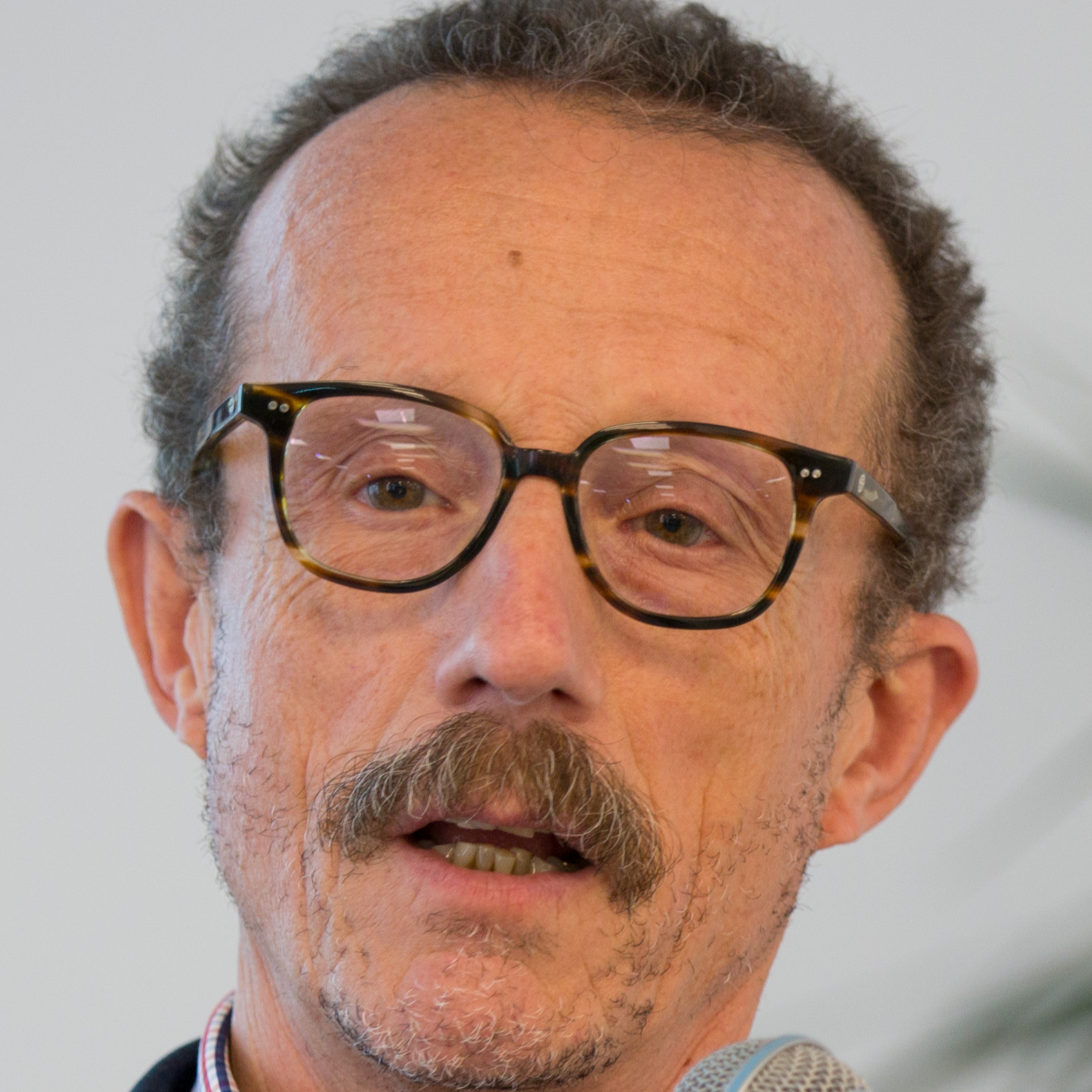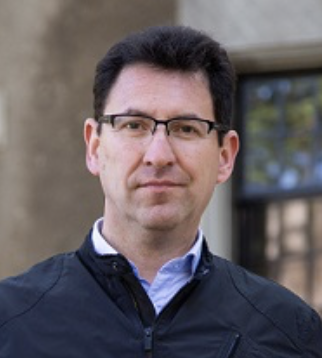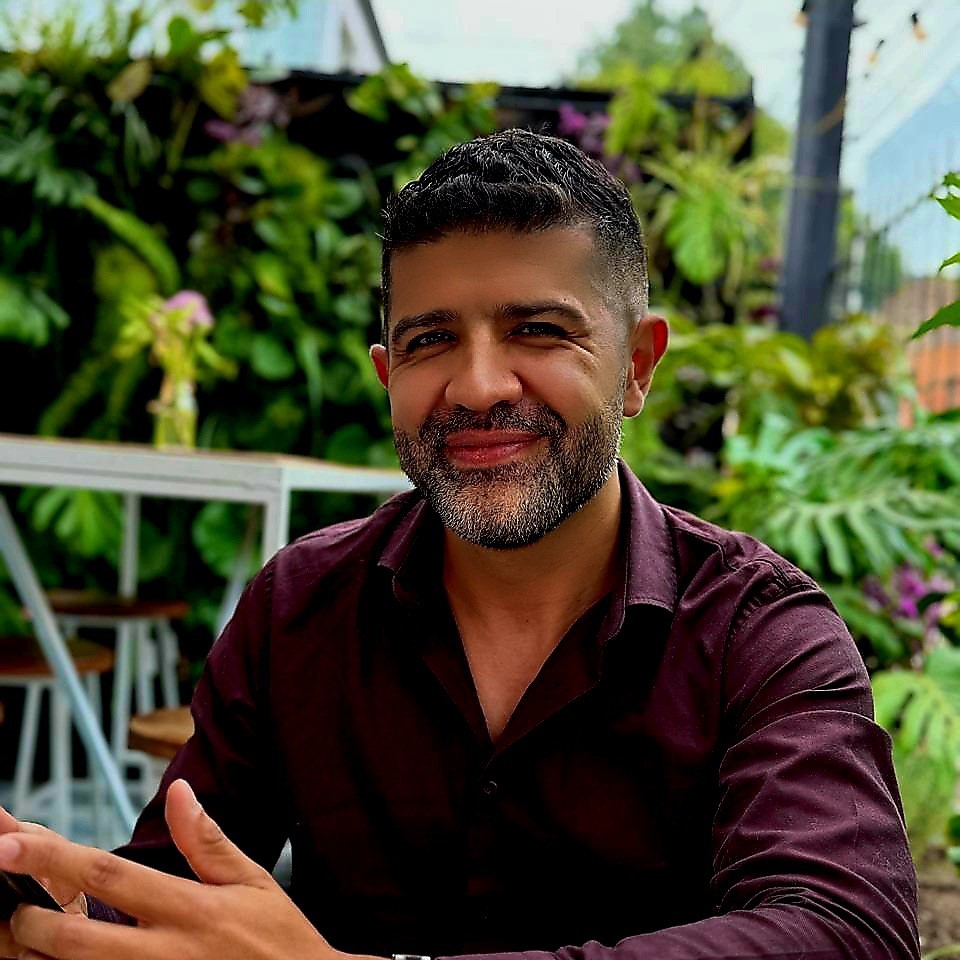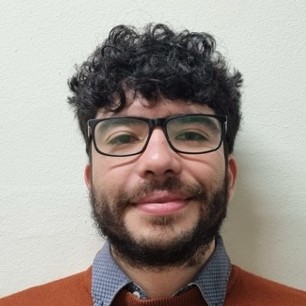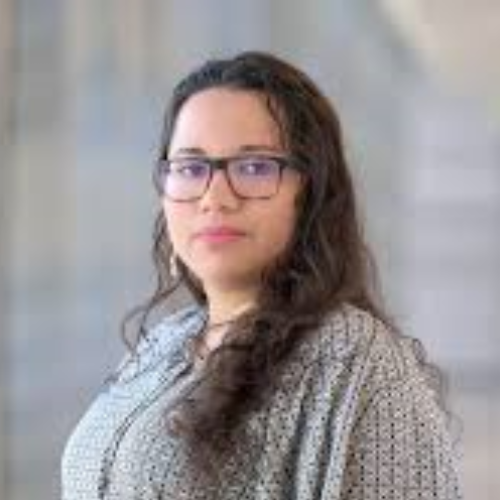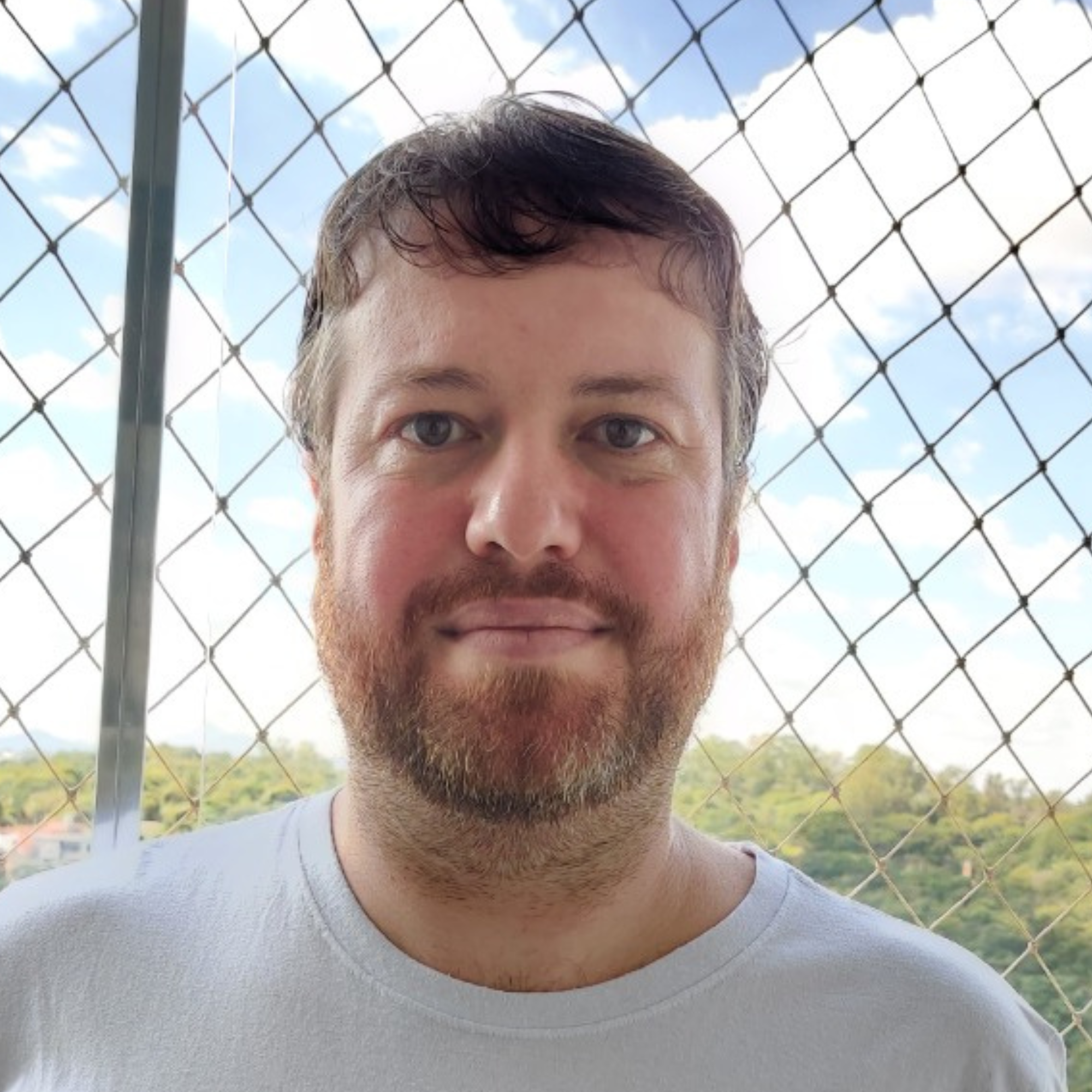Keynote Speaker
Invited Speaker
Jonatan A. Gonzalez
Department of Statistics, Mathematics and Computer Science - Universidad Miguel Hernández, Elche, Spain
Resumen perfil
I graduated in Mathematics from the Federal University of Viçosa (1988), obtained a master's degree (1992) and a Ph.D. (1998) in Statistics both from the University of São Paulo. I am a Full Professor in the Department of Statistics at the Federal University of Minas Gerais and a research productivity fellow from CNPq. Until December 2024, I am president of ISBRA - Brazilian Section of the International Society for Bayesian analysis (ISBA). My area of research is Bayesian Statistics and currently involves building models for under-reported data, spatial and spatio-temporal clustering models, clustering of functional data and degradation models.
Ronny O. Vallejos earned his Bachelor’s and Master’s degrees in Mathematics from the Universidad Técnica Federico Santa María, Chile, in 1995 and 1998, respectively. He also obtained a Master’s degree in Statistics from the University of Connecticut, USA, in 2002, followed by a Ph.D. in Statistics from the University of Maryland, Baltimore County, in 2006. He is currently an Associate Professor in the Department of Mathematics at the Universidad Técnica Federico Santa María, Chile. Additionally, he serves as an Associate Editor for the Journal of Agricultural, Biological, and Environmental Statistics and the Brazilian Journal of Probability and Statistics. His research interests include spatial statistics, statistical image processing, time series analysis, and agreement measures.
Juan Sosa is a professional in Statistics with a master's degree in Statistics from the National University of Colombia and a Ph.D. in Statistics and Applied Mathematics from the University of California, Santa Cruz. He is an Associate Professor in the Department of Statistics at the National University of Colombia, where he serves as researcher and research coordinator. Currently, he develops methodologies to address problems involving complex data structures in the Economic, Political, Social, and Health Sciences. Specifically, his research focuses on social network analysis, parliamentary voting analysis, longitudinal data analysis, and record linkage.
Dr. Claudio Fronterre specializes in spatial statistics, disease mapping, survey designand statistical methodologies to address global public health challenges, particularly inlow-resource settings. He earned his PhD in Statistics from the University of Padovaand holds MSc and BSc degrees in Finance and Economics from the University ofTrento. Currently a Lecturer in Biostatistics at Lancaster Medical School and a memberof CHICAS, he focuses on modeling neglected tropical diseases (NTDs) and advancinggeostatistical methods for health applications.Dr. Fronterre has authored over 50 peer-reviewed journal articles, contributing to high-impact journals.
Francisco Cuevas has received his Mathematical Engineering degree and the master's degree in mathematics from the Universidad Técnica Federico Santa María, Chile, in 2013, and his Ph.D. degree in Mathematics from Aalborg University, Aalborg, Denmark, in 2019. Between 2017 and 2019, he worked in the Centre for Stochastic Geometry and Advanced Bioimaging (CSGB), focusing his research in random fields and spatial point patterns.During 2019 he was working as a postdoc in Université du Québec à Montréal (UQAM), and during 2020 as a postdoc in the Advanced Center for Electrical and Electronic Engineering (AC3E). He is currently an academic in the Department of Mathematics at Universidad Técnica Federico Santa María (UTFSM). His research interests encompass point patterns, random fields, and functional data analysis.
Dr Jonatan A. González is an Assistant Professor in the Department of Statistics and Operations Research at the Universidad Miguel Hernández de Elche (Spain). His research sits at the intersection of spatial statistics and computational methodologies, with a strong emphasis on point process modelling, epidemiology, infectious disease modelling, and the development of application-focused methods.Dr González holds a bachelor's degree and a master's in mathematics, and he completed his PhD at the Universitat Jaume I, specialising in spatial and spatio-temporal point processes. His work has addressed a range of topics, including replicated point pattern observations, spatio-temporal analysis, graphical methods, hypothesis testing, experimental design, and local spatial characteristics.
Dra. Daniela Cisneros completed her PhD in Statistics at King Abdullah University of Science and Technology (KAUST), focusing on "Extreme-Value Models and Graphical Methods for Spatial Wildfire Risk Assessment." Her research interests lie in the statistics of extreme events, particularly spatial wildfire risk assessment, where she combines extreme-value models, spatial processes, graphical methods, and deep learning. Dr. Cisneros holds a Master of Science from CIMAT, Mexico.
Marcos Prates obtained his bachelor's in the Computational Mathematics program at the Universidade Federal de Minas Gerais (UFMG) in 2006 and a master's in Statistics in 2008 from the same institution. In 2011, he received his Ph.D. in Statistics from the University of Connecticut and was a Visiting Professor at the same university from 2019 to 2020. Currently, he is an Associate Professor at UFMG. His main research areas are Bayesian Statistics, Generalized Linear Mixed Models, Machine Learning, and Spatial Statistics. He was Director of the Graduate Program in Statistics at UFMG (2016-2018), was the Secretary (2015-2016) and Theasure (2023-2024) for ISBRA, the Brazilian chapter of ISBA, and was President of the Brazilian Statistical Association (2020-2022).

 español
español inglés
inglés francés
francés alemán
alemán




